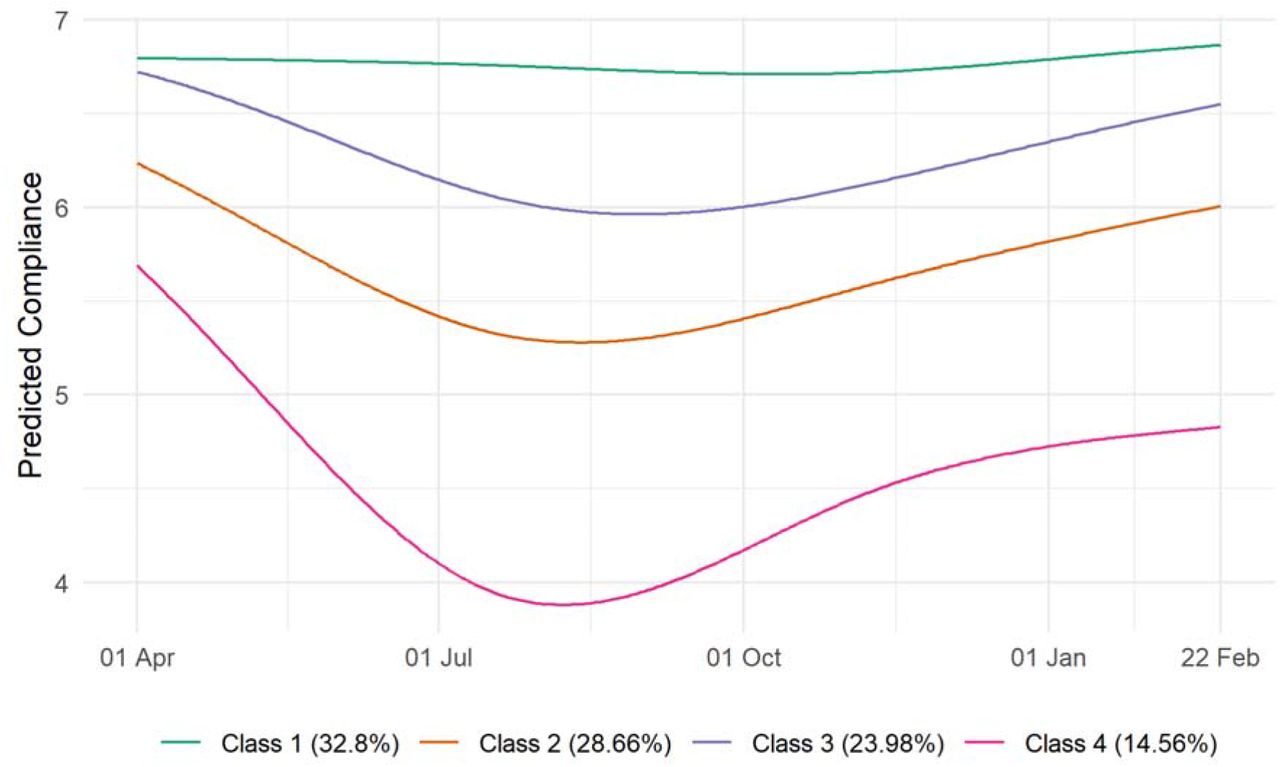
## Grasping ‘Behavioural Fatigue’ in Public Health Measures
**Introduction**
In recent dialogues concerning public health actions during the COVID-19 outbreak, the notion of ‘behavioural fatigue’ has arisen as a debated topic. The theory posits a decrease in public adherence to health protocols over time due to exhaustion, disinterest, or diminishing drive. Yet, the legitimacy of this idea has sparked debates, with some arguing it lacks a scientific foundation. This article investigates the concept of behavioural fatigue, its origins, and its consequences by analyzing pertinent studies and research.
**The Context of Behavioural Fatigue**
The phrase ‘behavioural fatigue’ gained prominence in the UK as a justification for postponing stringent public actions against COVID-19, soon followed by a reversal in policy following public and expert backlash. Detractors contended that the idea was unscientific and lacked empirical backing. However, research into public reactions to health initiatives during previous epidemics indicates that behavioral shifts do take place, albeit perhaps not in the manner ‘fatigue’ suggests.
**Scientific Examination of Compliance and Behavioural Transformation**
In spite of various public statements, numerous scientific investigations have studied how individuals react behaviorally during epidemics:
1. **Risk Awareness and Behavioural Reaction:** Numerous studies reveal that individuals’ adherence to health measures is frequently linked to their risk perception rather than actual risk levels. As epidemics unfold, initial anxiety may lead to elevated compliance, which can taper off as individuals adapt to the new situation, occasionally resulting in lower adherence.
2. **Empirical Insights:** Investigations from former epidemics, like the 2009 H1N1 virus, demonstrate varying levels of compliance. Research in Italy, Hong Kong, Malaysia, and Mexico showcased both reduction and preservation of preventive actions at different outbreak phases.
3. **Qualitative Perspectives:** Interviews and qualitative analyses indicate that adherence diminishes as people navigate health measures alongside personal obligations, economic strains, and societal expectations.
4. **Mathematical Simulations:** Models have indicated that non-adherence might play a role in the observed waves of epidemics. Particularly, the absence of vaccines during the 1918 influenza pandemic underscored how behavioral compliance was a vital response measure.
**Diverging Findings: Consistent or Heightened Compliance**
Contradictory evidence exists, revealing no notable decline in commitment to health measures in certain instances. Studies from the Netherlands and Beijing demonstrate sustained or even heightened compliance over time, suggesting that public commitment may remain strong under specific circumstances.
**Integration of Behavioural Dynamics in Various Fields**
Beyond epidemiology, disciplines such as economics and game theory have investigated how and why individuals modify their behaviors in reaction to epidemic threats. These inquiries seek to enhance the comprehension of behavioural dynamics and refine models for forecasting public responsiveness to health initiatives.
**Conclusion and Implications for Future Health Crises**
The discourse surrounding behavioural fatigue emphasizes the intricacy of public responses to health measures. It highlights the significance of evidence-based policymaking and the necessity for ongoing research across fields. As we confront ongoing and future public health challenges, understanding the elements influencing compliance can steer more effective interventions and communication tactics.